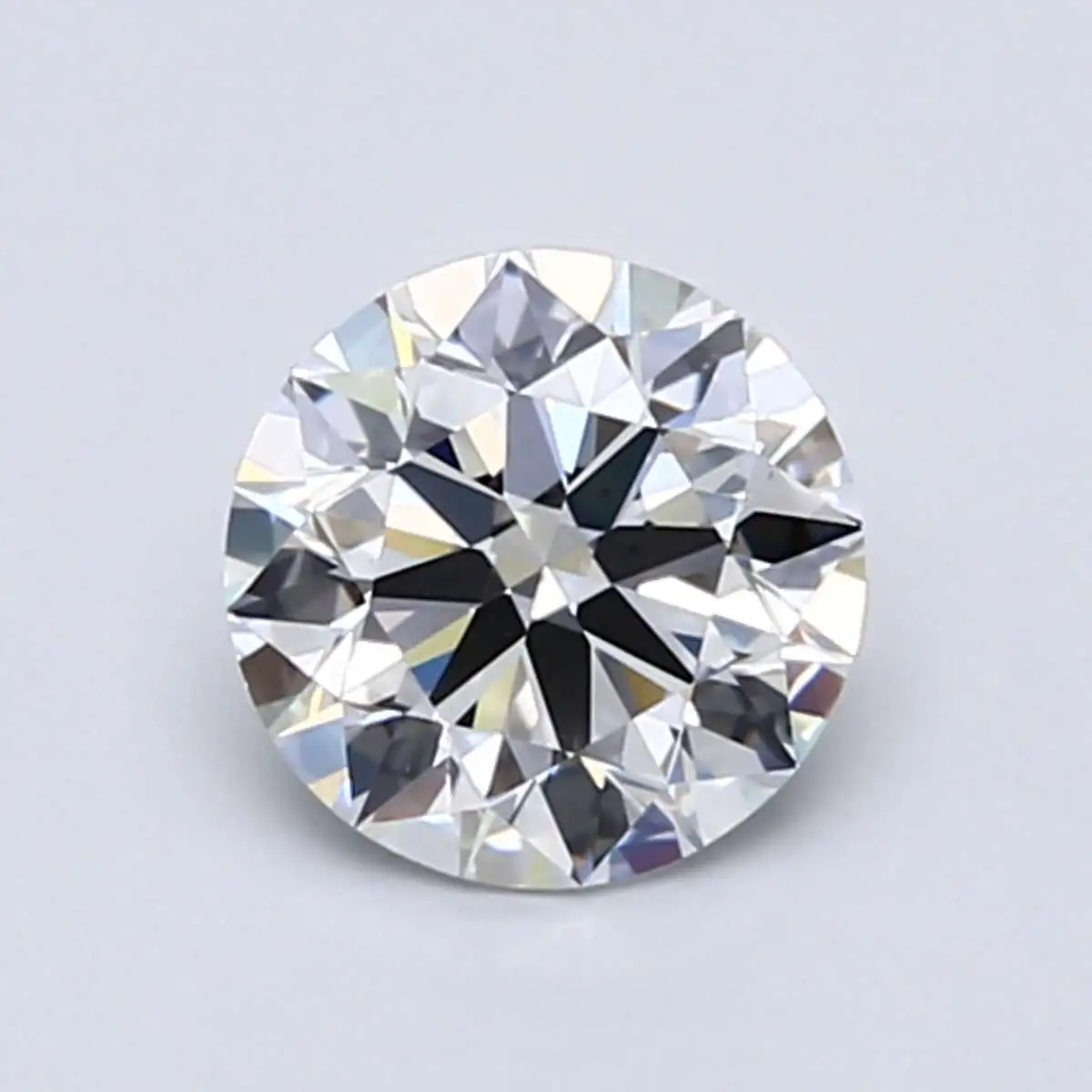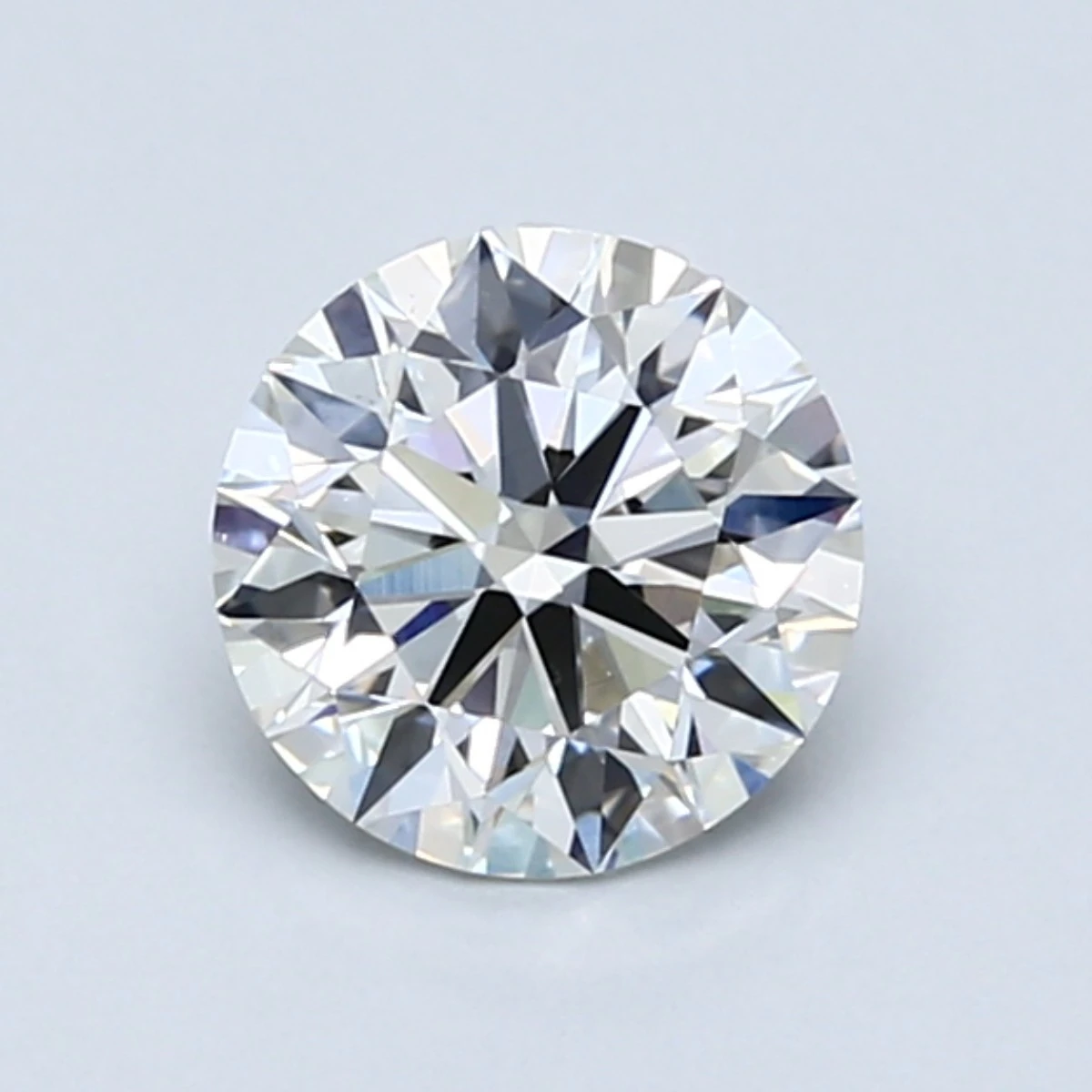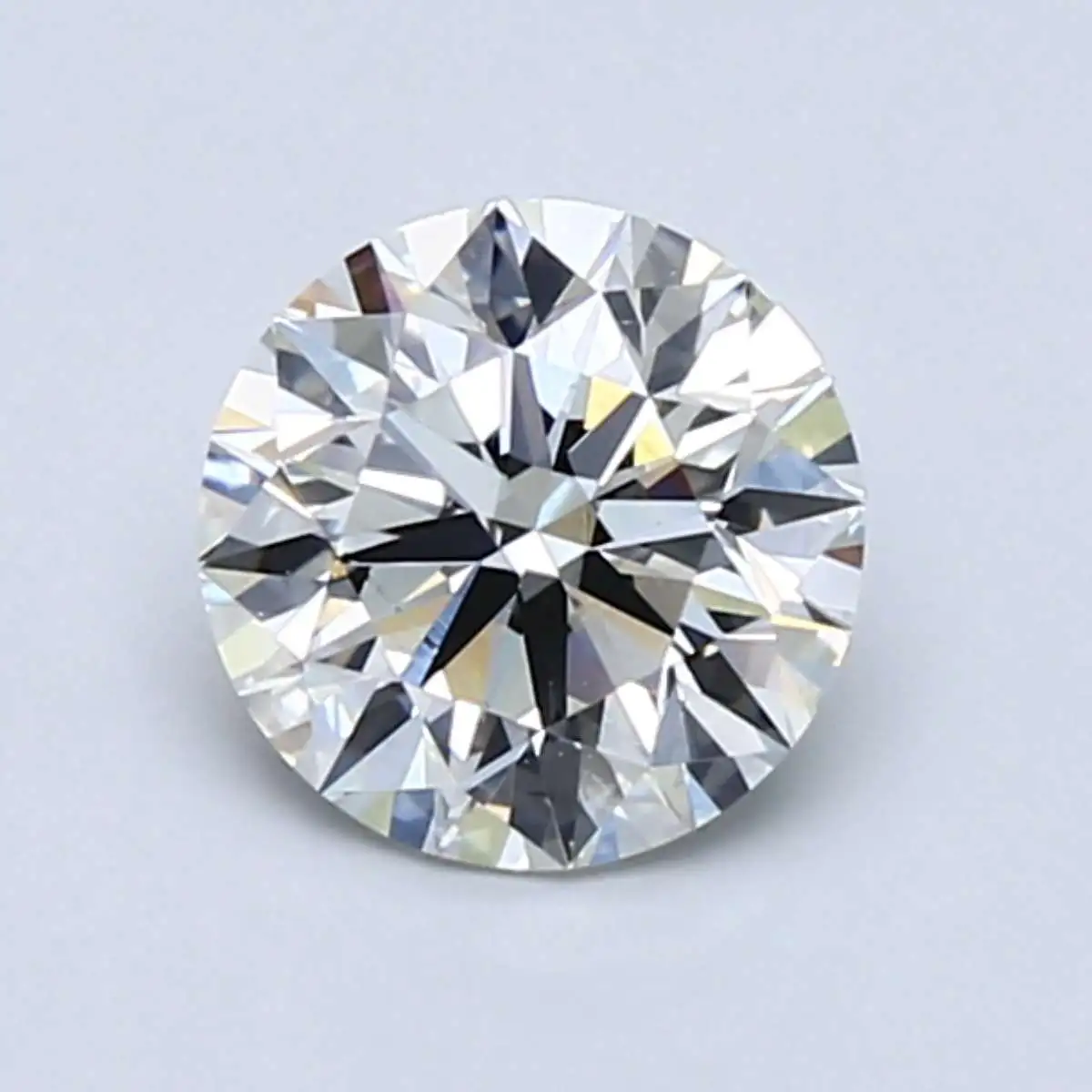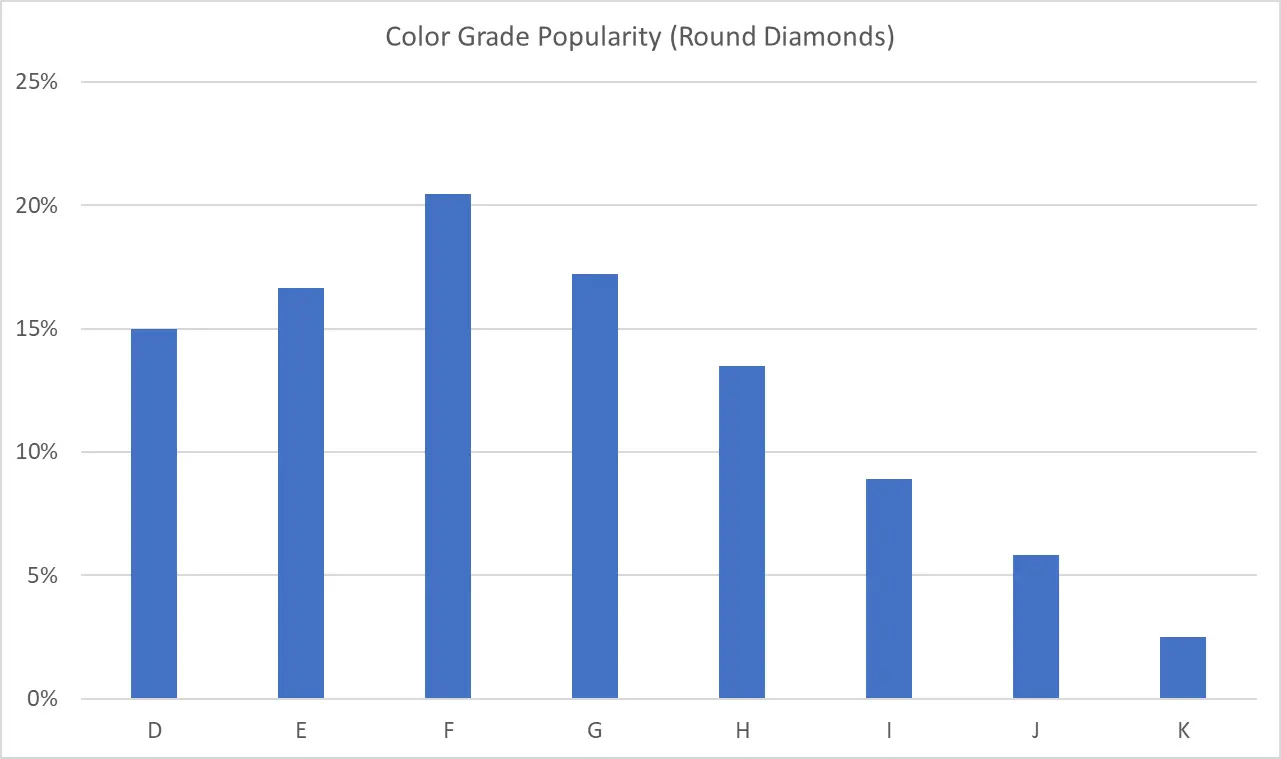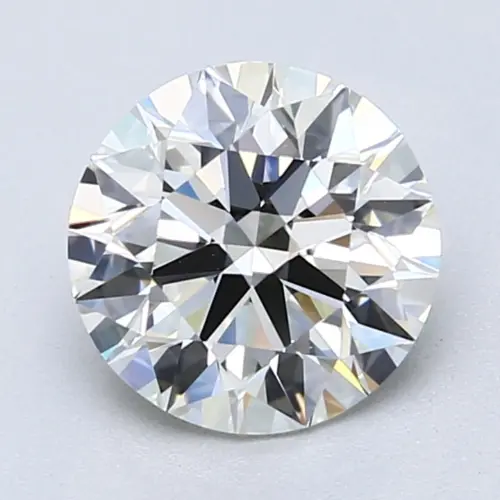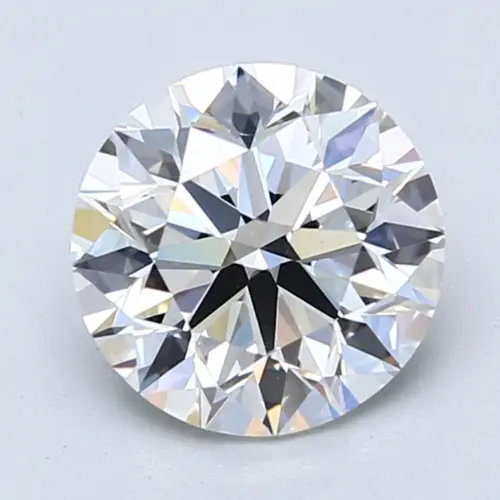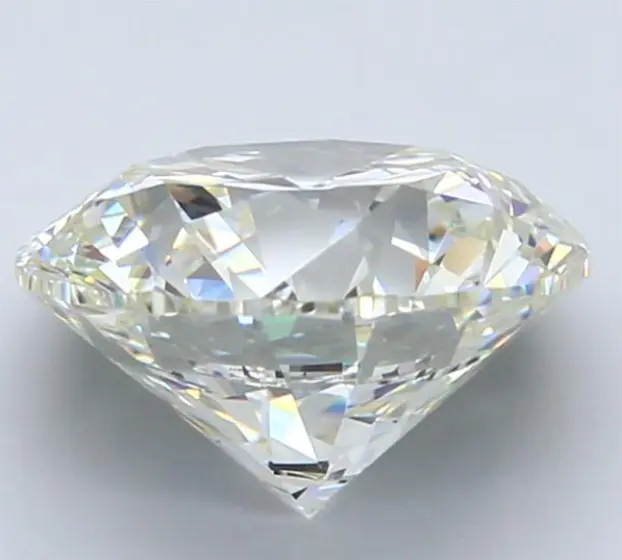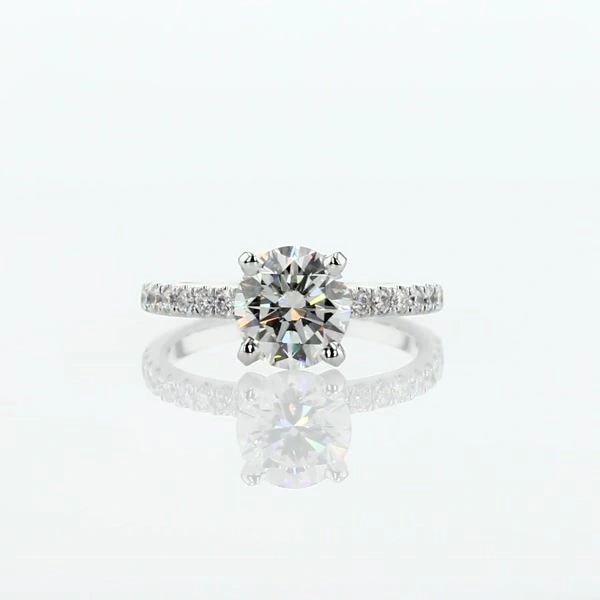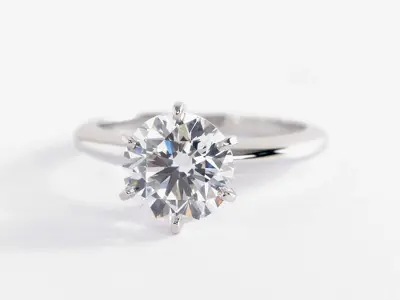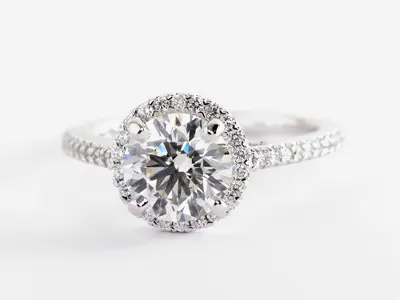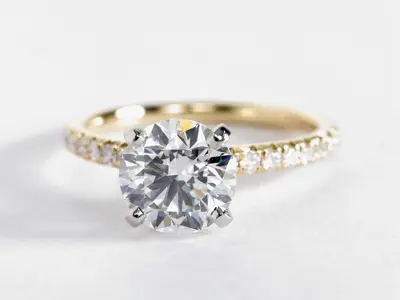May 31st 2023
J Color Diamonds: Good or Bad?
By Devin Jones
J color diamonds are a great choice for diamond buyers looking to get a larger carat size while staying in the near colorless range (grades G, H, I, and J). But, the presence of color in a diamond can be made more apparent by a number of factors that are important to consider up front.
Below we'll explore whether a J color diamond looks yellow, which fluorescence grades are best for J color diamonds, and how J color diamond prices compare to those of other color grades.
🛡️ Check your diamond 💎 Search 2M+ diamonds
What is a J color diamond?
J color diamonds are part of the near colorless class of diamonds which includes grades G through J on the GIA grading scale. These diamonds can exhibit some color (typically yellow) but this color saturation is most visible when the diamond is viewed from the side.
Luckily, diamonds are viewed from above when placed in an engagement ring or other jewelry setting which can help to hide some of the stone's natural color. The point on the color grade scale at which people typically begin to notice color is generally in the J to K range, which is why K color diamonds are part of the faint color group that includes L and M color as well.
This is why J color diamonds are such a steal relative to other diamond colors - people who are fine with going for a larger carat size and more saturation tend to go down to K color and people who are more concerned about the appearance of color steer toward better grades like G and H.
It’s important to mention that J color is itself a range, with the “whitest" J color diamonds looking similar to I color diamonds and the worst looking more like K color diamonds.
Click a diamond for more details
Above we have 1 carat diamonds in every color grade from D - K. All of these diamonds have high diamond cut scores (our internal rating of sparkle and light performance), which can help them look slightly whiter.
J color diamond prices
J color diamonds can be a great way to save money while still getting a diamond that faces up white. According to our diamond price calculator, J color diamonds cost 20% less than I color diamonds, 35% less than H color, and 44% less than G color diamonds on average. Yet G, H, I, and J color diamonds are all considered part of the "near colorless" class of diamonds. So why the huge price difference?
A big reason for this discount is the fact that J color diamonds tend to be far less popular than other color grades. Below shows the popularity of various color grades among StoneAlgo users:
If you're planning to buy a J color diamond, a great way to get extra carat weight for the same budget is to buy a diamond with some fluorescence such as this 1 carat J VS1 diamond with medium fluorescence available from one of our top-rated online jewelers. Diamonds with fluorescence often sell for a discount, as we'll explore more below.
What diamond shape is best for J color diamonds?
The best diamond shape for a J color diamond is round brilliant cut because round diamonds offer the most brilliance and sparkle. This sparkle can help to hide the appearance of color when the diamond is viewed from above. Since diamonds are typically viewed from above when set in an engagement ring or jewelry, jewelers refer to a diamond that looks white from the top as "facing up white". This term is typically used when describing J or K color diamonds that look colorless from above but show their color from the side. The remainder of this post will generally focus on round cut diamonds.
Let's see just how noticeable color is when a diamond is viewed from above. Both of the 2 carat diamonds below face up white, but one of them is a D color and the other is a J color. One of the below is priced for approximately $25,000 and the other is around $15,000. Click for full details.
Can you tell which of the above diamonds is +67% more expensive?
🛡️ Check your diamond 💎 Search 2M+ diamonds
What carat size is best for a J color diamond?
The larger the diamond, the more apparent its color will be to the untrained eye. If you are choosing a larger round cut diamond (say 1.5 carats and up), it may be better to stick to I color or better as color tends to become more visible as the carat weight increases. That said, I’ve seen plenty of great J color diamonds that face up white in diamonds larger than 2.5 carats. In my personal opinion, people get too hung up on color and end up overspending here. Maybe that’s why stepping up a color grade is more expensive than stepping up a clarity grade.
Since it’s easier to see color from the side check out the below 1 carat and 5.55 carat J VS1 diamonds. The larger 5.55 carat has a more noticeable yellow hue to it from the side. However, this diamond looks much whiter from above.
🛡️ Check your diamond 💎 Search 2M+ diamonds
What color setting is best for a J color diamond?
Every diamond picks up color from its surroundings, but this is actually a point in favor of J color diamonds relative to colorless diamonds.
Why? The difference between colorless and near colorless diamonds becomes less significant when they are viewed in a metal setting. That's because diamonds pick up some elements of color from the setting and reflect this out the top the stone.
White gold and platinum settings do not hide color to the same degree that yellow and rose gold do, but they will still help disguise the diamond's natural coloration to a degree. So, the best setting color for a J color diamond is yellow gold or rose gold, but a platinum or white gold setting will still help to hide some of the natural color in the stone.
This 1.3 carat J VVS2 diamond in 14k white gold setting looks totally white from all angles. See the 3D video on Blue Nile's Recently Purchased Engagement Rings page for this ring.
🛡️ Check your diamond 💎 Search 2M+ diamonds
Do J color diamonds look yellow?
J color diamonds typically look totally white when they are set in a yellow gold setting and usually still look white in a white gold or platinum setting, especially for round shaped diamonds. If the diamond is larger or if it's a fancy shape like princess cut, you may want to step up to an I color diamond just to be safe. That said, we've purchased J color round diamonds as large as 2.5 carats that look totally white in a platinum engagement ring setting. We did opt for faint fluorescence which can help the diamond look slightly whiter as we'll explain below.
Larger diamonds tend to show color more easily than smaller diamonds of the same color grade. Larger J color diamonds will almost certainly display some yellow (or brown) color when viewed from the side or facedown, however they typically do not show much or any color when viewed from above in an engagement ring setting. To prove the point I picked out a few 2 carat diamonds from Blue Nile’s recently purchased engagement rings page. In my opinion all of these 2 carat diamonds look nice and white in their various color settings.
This J color diamond in a white gold setting is a great example of how white a J color diamond looks even when placed in a simple solitaire setting. Even though the white setting does not help to make the diamond look as white as a gold or rose gold setting would, it looks like it could easily pass for a higher color grade.
This J color diamond in a platinum halo setting shows how side stones can help to disguise the color of the center stone. If you want to make your J color diamond pop you could choose side stones that are K color since the eye picks up on the differences in color and this will emphasize the whiter center diamond. J color side stones will also look nice and consistent.
J color diamonds in gold or rose gold settings often look much whiter than they would as a loose diamond, as you can see in the picture below. A higher color grade of diamond would be wasted on a gold or rose gold setting because the human eye picks up the relative difference in color and this stark contrast makes the center stone really pop, even in a K color.
🛡️ Check your diamond 💎 Search 2M+ diamonds
Which Clarity Grade Goes Best With J Color Diamonds?
J color diamond buyers are pretty savvy when it comes to finding value, so it's no surprise that J color diamond shoppers gravitate toward the best value plays in diamonds: SI1 and VS2 clarity grades (read our SI1 vs VS2 clarity comparison ). SI1 and VS2 clarity diamonds are typically the point at which buyers begin to notice imperfections that can impact the appearance of the diamond to the human eye. This means not all SI1 diamonds are eye clean, and occasionally you might find a bad VS2 diamond that isn't eye clean either (though this is rare and the super-zoomed images you see online can be a bit misleading).
Finding eye clean SI1 clarity or VS2 clarity diamonds means you're avoiding paying up for a higher clarity grade (like VVS or flawless diamonds) but nobody will notice the difference without a microscope. Basically, you're avoiding overpaying for quality you can't see with your naked eye - and that's exactly what J color diamond buyers have in mind from the get go.
The most popular clarity grades for J color diamonds are:
- SI1 clarity J color diamonds (26%)
- VS2 clarity J color diamonds (25%)
- VS1 clarity J color diamonds (24%)
- VVS2 clarity J color diamonds (20%)
- SI2 clarity J color diamonds (16%)
- VVS1 clarity J color diamonds (8%)
- IF clarity J color diamonds (6%)
- FL clarity J color diamonds (<1%)
🛡️ Check your diamond 💎 Search 2M+ diamonds
Which fluorescence grade is best for a J color diamond?
The intensity of diamond fluorescence can directly impact how a diamond interacts with UV light and thus affects the way our eyes perceive color. When the natural yellow color within a diamond meets the blue hue of a fluorescence revealed by UV light (including sunlight), the colors cancel each other out to a degree.
For this reason, J color diamonds with faint, medium, or even strong fluorescence don’t sell for a significant discount to J color diamonds with no fluorescence. In fact, sometimes they can even cost more. To understand the impact fluorescence has on pricing for J color diamonds check out this chart from our diamond fluorescence guide.
🛡️ Check your diamond 💎 Search 2M+ diamonds
The Final Verdict
Diamonds are a big investment, and one of the worst mistakes you can make from a financial perspective is overspending on color. The price increase from a 2 carat J VS2 to a 2 carat I VS2 is nearly 28% according to our diamond price calculator, a difference of about $4,000. That’s a massive increase for a single color grade. For perspective, the same diamond would only cost 12% more to step up from I to H color, and the price increase from K to J color is just 14%.
This means there is a huge price gap at this point of the market, indicating that this is where people feel the most sensitive to a change in color grade. If you’re willing to take the leap to purchase a J color over an I color, that single color grade could save you more money than any other decision you make this year.




